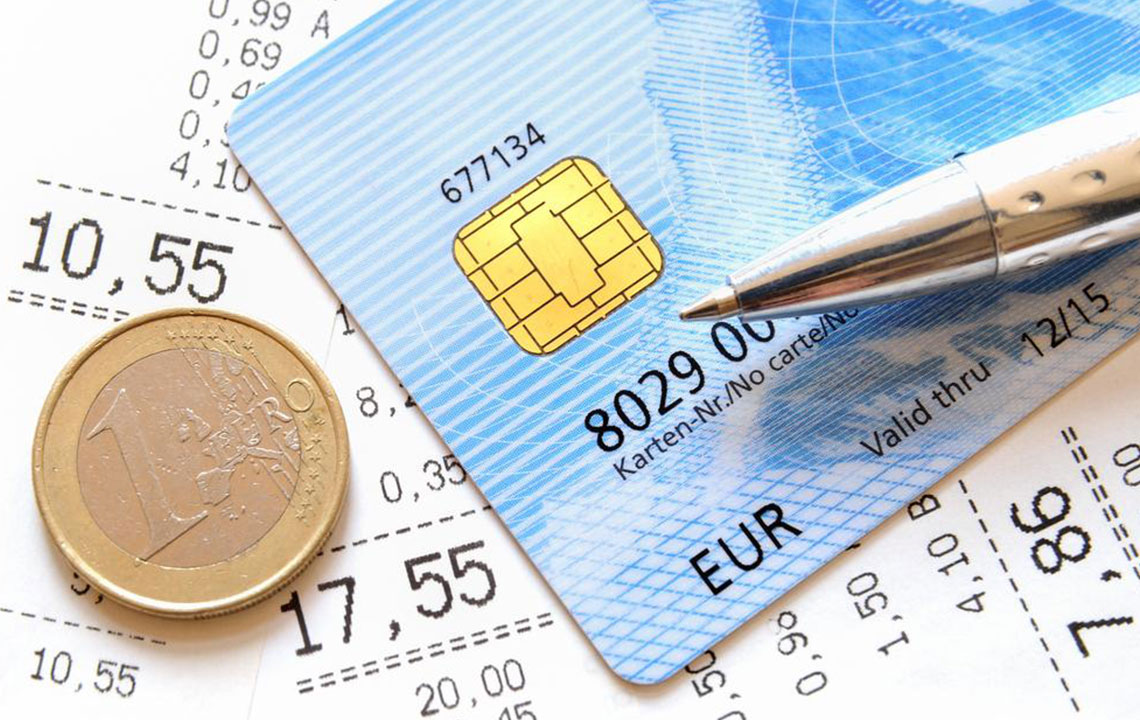Understanding the Process Behind Credit Card Payments
This article explains how credit card processing works, detailing the roles of cardholders, merchants, banks, and networks. It covers the entire transaction process from swiping to settlement, helping consumers understand their bills and associated fees better.
Sponsored

Understanding How Credit Card Transactions Are Processed
If you're curious about how the charges on your credit card bill are calculated, here's a clear explanation of the key steps involved in credit card processing. This knowledge can help you understand the system better and anticipate potential fees.
The primary participants in this process include the cardholder, the merchant or business, the merchant's bank (acquiring bank), the cardholder's bank (issuing bank), and the credit card networks such as Visa, Mastercard, or American Express.
Initially, you present your credit card to the merchant for payment. At the point of sale, the merchant swipes or inserts the card using specialized equipment connected to their merchant bank. Thanks to advanced digital technology, the card details are quickly transmitted to a payment processor, which forwards the request to the credit card’s issuing bank. If the bank approves the transaction, it sends an immediate authorization response back through the card network to the merchant’s terminal.
Once authorized, your interaction with the merchant concludes. The subsequent process, known as settlement, involves transferring funds. During settlement, the issuing bank deducts the transaction amount from your account, and the merchant's bank receives the payment. Both banks are members of credit card networks, which function as intermediaries and clearinghouses. Ultimately, the issuing bank compensates the merchant’s bank, and you are responsible for repaying your bank, including any applicable fees as per your agreement.






